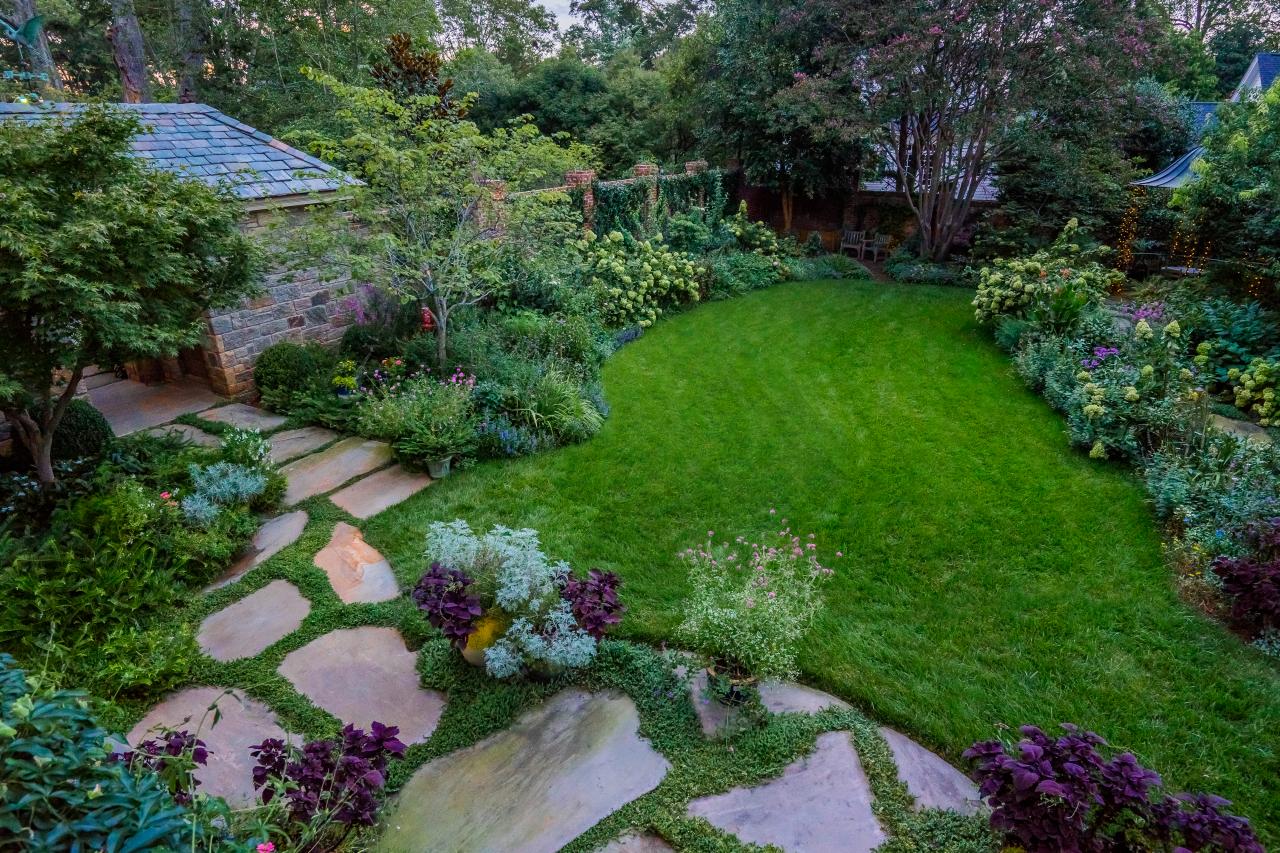How do you design a commercial landscape?

Designing a business panorama includes careful planning, consideration of assorted elements, and adherence to particular targets and regulations. A well-designed business panorama enhances the performance, aesthetics, and overall appeal of a industrial property. Here are the key steps to design a business panorama:
Assessment and Analysis:
Site Analysis: Begin by conducting a thorough website analysis. Evaluate the prevailing circumstances, including topography, soil high quality, drainage, and current vegetation. Consider any environmental or regulatory constraints that will impression the design.
Client Needs and Goals: Understand the particular needs and targets of the consumer or property owner. This includes issues like branding, accessibility, upkeep necessities, and finances constraints.
User Considerations: Identify the primary customers of the area, whether or not they're prospects, workers, guests, or residents. Consider their needs, preferences, and how the landscape will serve their requirements.
Concept Development:
Functional Layout: Develop a practical structure that defines the association of outside spaces, pathways, parking areas, and other key components. Ensure that the structure aligns with the meant use of the property.
barnstable landscaping and Style: Consider the specified aesthetic fashion and branding of the industrial property. Choose landscaping elements and design features that complement the general architectural design and branding identity.
Sustainability: Incorporate sustainable design ideas, corresponding to water-efficient landscaping, native plant choice, and eco-friendly supplies, to minimize back environmental impression and useful resource consumption.
Accessibility: Ensure that the landscape design complies with accessibility requirements and regulations, providing equal entry to all customers, together with these with disabilities.
Plant Selection and Hardscape Design:
Planting Design: Select appropriate plant species and varieties based mostly on native local weather, maintenance requirements, and aesthetic preferences. Consider elements like shade, texture, and seasonal curiosity.
barnstable landscaping : Design hardscape options such as walkways, patios, seating areas, signage, lighting, and irrigation systems. Ensure that hardscape materials are durable and compatible with the design aesthetic.
Lighting Design: Develop a lighting plan that enhances safety, safety, and aesthetics. Use a combination of ambient, activity, and accent lighting to spotlight key parts and pathways.
Stormwater Management:
Incorporate stormwater management options corresponding to permeable pavements, rain gardens, bioswales, and detention basins to handle rainwater runoff successfully and scale back environmental influence.
Sustainability and Maintenance:
Select low-maintenance landscaping options and materials to reduce ongoing upkeep prices and scale back the necessity for frequent maintenance.
Develop a upkeep plan that outlines common tasks, schedules, and responsibilities for maintaining the panorama, together with pruning, watering, fertilizing, and pest control.
Cost Estimation and Budgeting:
Prepare an in depth value estimate for the whole landscaping challenge, including construction, materials, labor, and ongoing maintenance. Ensure that the price range aligns with the client's financial constraints.
https://writeablog.net/mouthuganda2/why-is-landscaping-maintenance-important-gwt4 :
Check native zoning codes, constructing laws, and environmental ordinances to ensure compliance with legal necessities. Obtain any necessary permits or approvals earlier than starting construction.
Construction and Installation:
Hire certified contractors and oversee the development course of to guarantee that the design is carried out correctly. Monitor quality management and challenge progress.
Post-Construction and Ongoing Maintenance:

After construction, conduct a ultimate inspection to verify that the landscape design has been executed according to the plan.
Implement the maintenance plan to ensure the long-term health and appearance of the business panorama. Regularly consider the panorama's performance and tackle any points promptly.
Feedback and Adjustments:
Gather suggestions from customers, property homeowners, and maintenance workers to identify areas for enchancment. Make changes and enhancements as wanted to meet evolving wants and preferences.
Designing a industrial panorama is a multifaceted process that requires experience in landscaping, structure, and project administration. Engaging with a qualified panorama architect or designer can help ensure that the ultimate design aligns with the consumer's objectives and meets all essential necessities..
